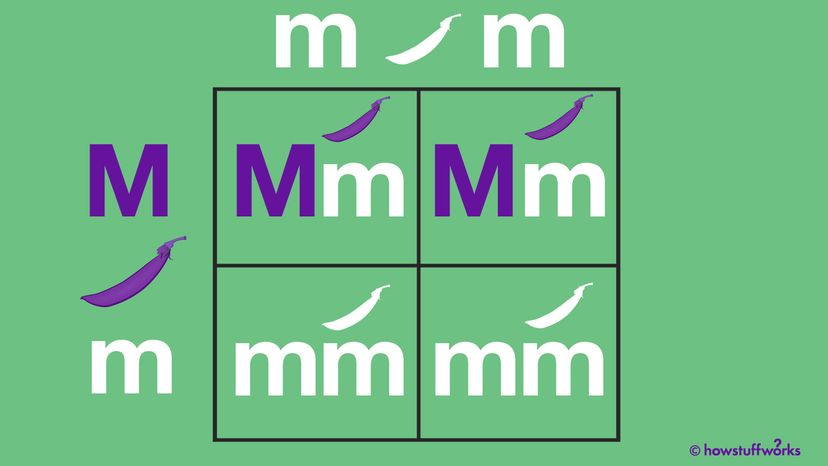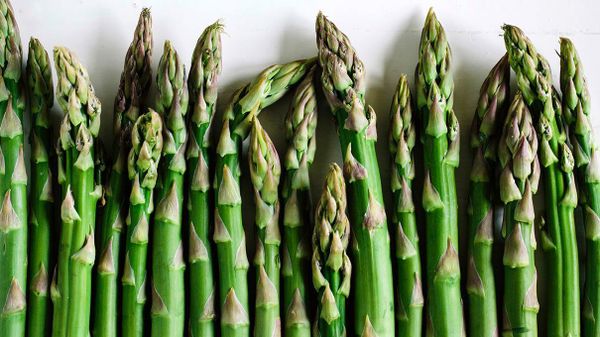
Once upon a time (the mid-19th century), in a land that is now the Czech Republic, there lived an Augustinian friar named Gregor Mendel. His hobbies included beekeeping, gardening and being gainfully employed, which is why he was a friar — he came from a family of peasant farmers and he was very pleased to have landed the man of God gig, but he was more of a science guy at heart. Which is what led him to discover how genetic traits work.
You currently know more about genetics than Gregor Mendel did when he started obsessing over the flower colors of his garden's pea plants. He noticed the flowers were usually purple, but every once in a while, a plant produced white ones. And because he came from a long line of farmers, he decided to breed the purple ones together for a few generations and did the same for the white-flowered plants, until the plants were producing only one color flower.
Advertisement
Before he died in 1884, Mendel started a series of experiments in which he bred the purple-flowered and white-flowered plants together, but it wasn't until the early 1900s that one of his successors, British geneticist Reginald Punnett, realized that in order to keep track of which plant combinations produced which flower colors, he needed some sort of charting tool. Thus, the birth of the Punnett square.
A Punnett square is a diagram used, not to identify what the outcome of crossing a purple-flowered pea with a white-flowered would be, but what all the possible outcomes could be. Mendel called the different forms or versions of a gene that can be passed from parent to offspring (for instance, the purple version and the white version) "factors," but these days we call them alleles. He noticed that purple flowers were a dominant trait, meaning it is the allele that would always be expressed, while the white flowers were recessive, which would always be masked unless paired with another recessive allele. His baby pea plants had two alleles for flower color — one chosen randomly from each parent.
If both the versions of the gene within an organism are the same, they're called homozygous, and if they're different, they're called heterozygous. The total package of genetic instructions is called the genotype, and the outward appearance or observable traits — the pea flower's color, for instance — is known as the phenotype.
To make a Punnett square, you just draw a square and divide it into four quadrants. The top of the square is labeled with the possible alleles from the mother, and the left side of the square logs the alleles contributed by the father — let's call one version M and the other version m. Say the mother and father are both heterozygous, so they each carry both alleles for the gene that determines flower color. A Punnett square can show you the various outcomes of both the genotype and phenotype of the offspring, based on the fact that both parents have both alleles (M and m).
Advertisement
